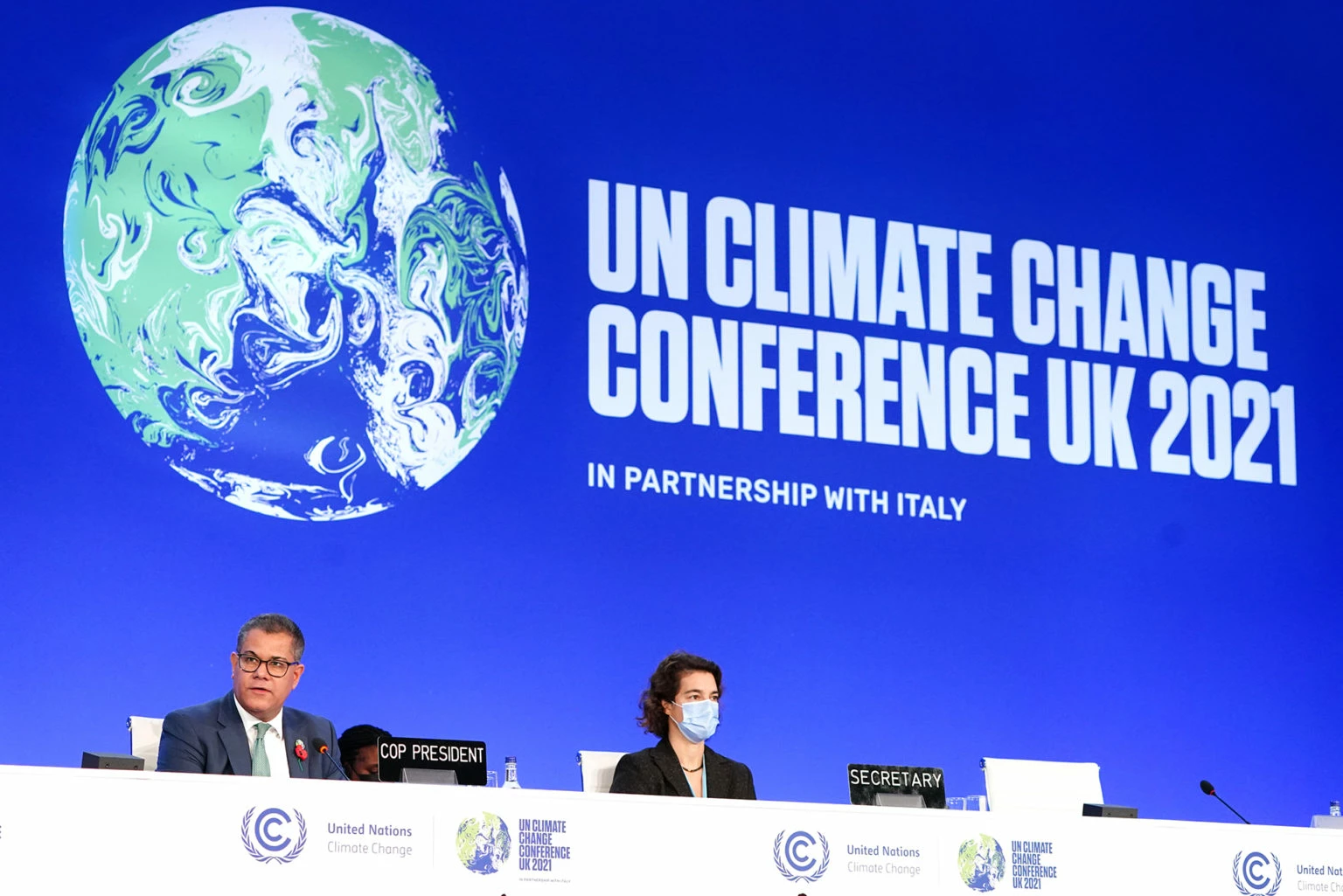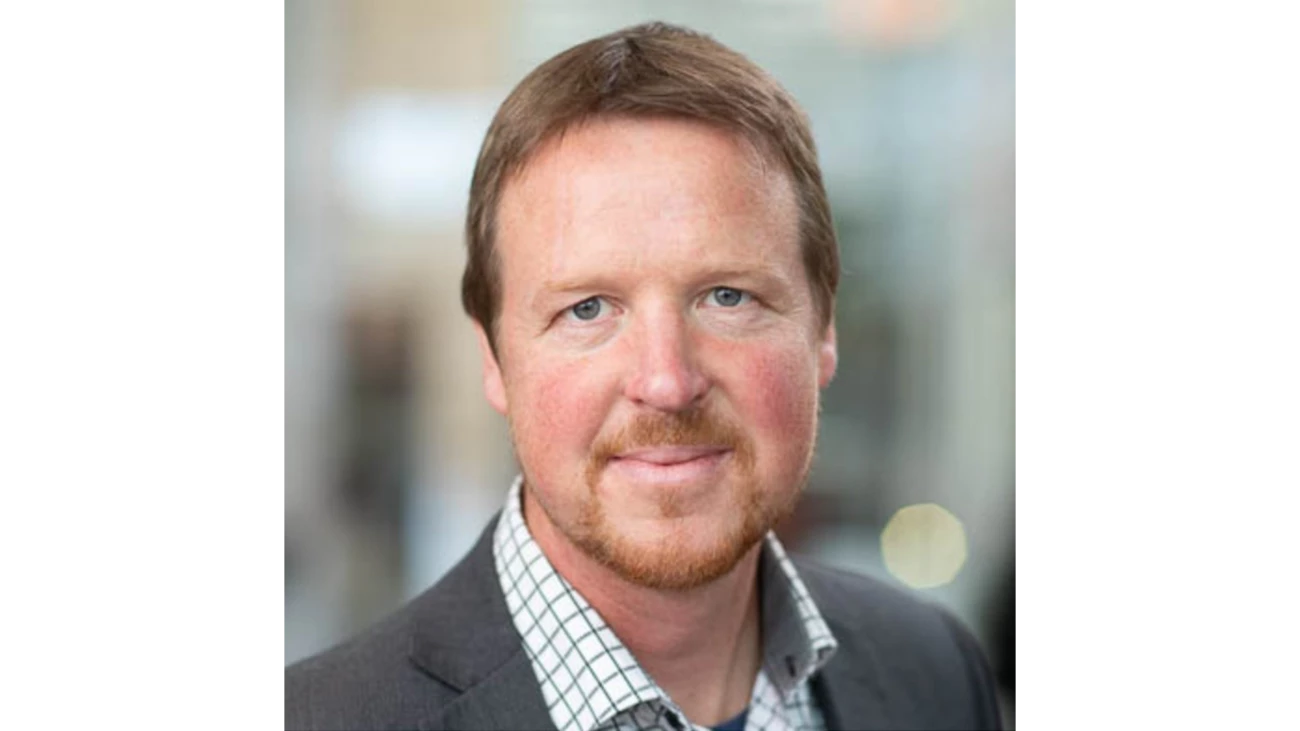Energy was high and the spirit proactive at COP26 in Glasgow, Scotland, according to Nordea climate specialist Stefan Henningsson who recently returned from the UN climate change summit.
“There’s lots of work left to be done, but very important progress was made, and it was inspiring to be there, not least for the financial sector,” said Henningsson.
Henningsson has attended his fair share of COPs in the past, having previously worked for the World Wide Fund for Nature (WWF), an official observer to the COP process. This year, he attended on behalf of Nordea in connection with landmark announcements from the financial sector and the Glasgow Financial Alliance for Net Zero by 2050.
The Net-Zero COP
Security was exceptionally tight this year, according to Henningsson, with streets closed down, a heavy police presence and daily health checks required to enter the conference centre. He was also struck by the number of organisations and stakeholders that came ready to make announcements and declarations on their net zero initiatives.
“One thing COP president Alok Sharma succeeded in doing was making COP26 the net-zero COP,” he said. “Public and private alliances committed to net zero by 2050 came much more prepared this year.”
That strong uptake of net-zero pledges stood in contrast to the progress on countries’ nationally determined contributions (NDCs), he noted:
“The gavel is still up on whether COP26 will keep 1.5 degrees C alive. It’s certainly keeping net zero by 2050 alive, but will it also keep 1.5 degrees alive? That depends on countries’ ability to strengthen their targets.”
The outcome of the formal negotiations – the Glasgow Climate Pact – calls on countries to revisit and strengthen their 2030 targets by the end of 2022 to bring them in line with the Paris Agreement.




